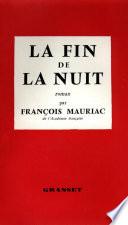
La fin de la nuit
Auteure: François Mauriac
Nombre de pages: 256Publié en 1935, La fin de la nuit est une suite à Thérèse Desqueyroux, qui raconte la fin de la vie de l'héroïne.

Publié en 1935, La fin de la nuit est une suite à Thérèse Desqueyroux, qui raconte la fin de la vie de l'héroïne.
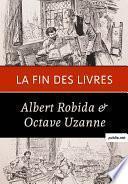
Robida est un de nos plus grands dessinateurs-illustrateurs, mais il est aussi un considérable auteur d'anticipations. On est en 1895, le XXe siècle de toutes les promesses, le siècle de l'électricité et des voyages est là tout proche qui s'annonce. Albert Robida s'est associé à Octave Uzanne pour un livre légendaire, leurs "Contes pour les bibliophiles", à cause d'un chapitre, et d'un seul : s'emparant de la reproduction de la voix, le fameux phonographe d'Edison, les deux auteurs y voient le successeur de la transmission écrite. On peut le miniaturiser, le transmettre à distance, se créer des bibliothèques de textes lus... Une anticipation parmi d'autres. Mais lorsque Robida et Uzanne, dans cette réunion de savants et d'inventeurs chacun aux prises avec ce qui s'annonce de la mutation de leur métier, développent leur système en prenant en compte le point de vie de l'auteur, les schémas économiques, la modification des usages privés du lecteur, ils nous donnent des clés vertigineuses pour nous repérer dans la mutation numérique d'aujourd'hui. Un bon électro-choc. Pour ne plus avoir peur. FB
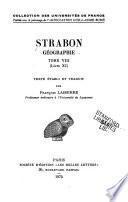
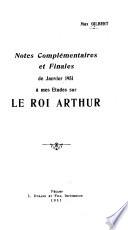
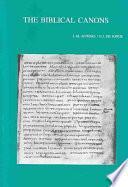
This volume contains the Proceedings of the 50th Colloquium Biblicum Lovaniense: the 40 contributions, written in English, French and German, focus on the canons of the Old and New Testament as well as those of the Bible as a whole. The theme is studied from a variety of historical, hermeneutical and biblical-theological points of view. Several contributions discuss the process that resulted in the canonical status of certain writings, or groups of writings, in particular, such as the Book of Psalms, Ezekiel, the Wisdom of Ben Sira, the Pauline corpus, Acts and the gospels.
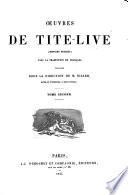
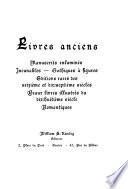
![Catalogue raisonné de la collection de livres de m. Pierre Antoine Crevenna, négociant à Amsterdam. Premier [-sixième] volume](https://cdn1.ebooks-gratuits.club/images/libro/catalogue-raisonne-de-la-collection-de-livres-de-m-pierre-antoine-crevenna-negociant-a-amsterdam-premier-sixieme-volume-id-WX1EGmRgE40C.jpg)
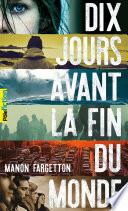
France, de nos jours. Deux lignes d'explosions d'origine inconnue ravagent la Terre. Quand elles se rejoindront sur l'arc atlantique, toute vie disparaîtra. Commence alors un vaste exode vers la côte. Parmi les fugitifs, six hommes et femmes qui vont tenter d'unir leurs forces pour retarder l'inéluctable. Ils ont dix jours, pas un de plus, avant la fin du monde...
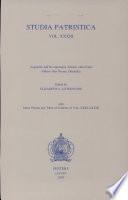
Papers presented at the Twelfth International Conference on Patristic Studies held in Oxford 1995 (see also Studia Patristica 29, 30, 31 and 32). The Twelfth International Conference on Patristic Studies met in Oxford from 21 to 26 August 1995. These gatherings have assembled at four-yearly intervals since 1951. At each the number of papers presented has been greater than the previous occasion, and the size of the assembly is now limited only by the capacity of the buildings available. Some 650 scholars attended the 1995 Conference, including delegates from Russia, Georgia, India, Japan, South Africa, New Zealand, and Australia, as well as from North America and most countries in Europe. Papers were given in English, French, German, Italian or Spanish, and are normally printed in the language in which they were delivered. Some were fully developed lectures lasting for nearly an hour; the majority were communications of 12 minutes' duration: and a few came in between. These volumes contain 284 of the papers, including most of the lectures given in full session, viz. the Inaugural Address by Dr. H.D. Saffrey on 'Theology as a Science'; Prof. Dr. Suso Frank, 'John Cassian on John...
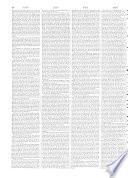
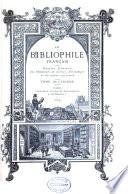
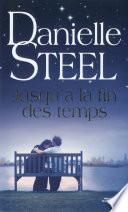
Un amour infini Petit avocat fiscaliste dans l'entreprise familiale, Bill décide de tout laisser tomber pour suivre sa voie. Avec le soutien indéfectible de sa femme, Jenny – consultante de mode adorée du tout New-York-, il devient pasteur dans un village reculé du Wyoming. Jenny le rejoint bientôt, profitant de ce nouveau départ pour essayer de fonder une famille. Quarante ans plus tard, Robert ferait tout pour sortir sa maison d'édition de l'atonie financière dans laquelle elle est plongée. Il est à la recherche du best-seller qui pourrait tout changer. Lillibeth, jeune amish responsable de la vie de sa famille depuis le décès de sa mère, profite de chaque instant de libre pour lire ou coucher sur le papier le roman qui lui tient à cœur. Se pourrait-il qu'elle soit la réponse tant attendue aux prières de Robert ? Deux magnifiques histoires situées à quarante ans d'intervalle qui disent la beauté d'un amour incommensurable.
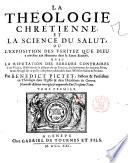
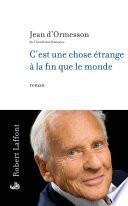
Qu'est-ce que la vie et d'où vient-elle ? Comment fonctionne l'univers ? Pourquoi y a-t-il quelque chose au lieu de rien ? Des mathématiciens aux philosophes grecs, à Einstein et à la théorie des quanta, en passant par Newton et Darwin, voilà déjà trois mille ans que les hommes s'efforcent de répondre à ces questions. L'histoire s'est accélérée depuis trois ou quatre siècles. Nous sommes entrés dans l'âge moderne et postmoderne. La science, la technique, les chiffres ont conquis la planète. Il semble que la raison l'ait emporté. Elle a permis aux hommes de remplacer les dieux à la tête des affaires du monde. Où en sommes-nous aujourd'hui ? Dieu est-il à reléguer au musée des gloires étrangères et des puissances déchues ? La vie a-t-elle un sens ou est-elle une parenthèse entre deux néants ? Est-il permis d'espérer quoi que ce soit au-delà de la mort ? Avec les mots les plus simples et les plus clairs, avec une rigueur mêlée de gaieté, Jean d'Ormesson aborde de façon neuve ces problèmes de toujours et raconte au lecteur le roman fabuleux de l'univers et des hommes.
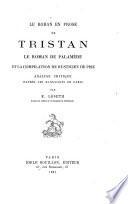
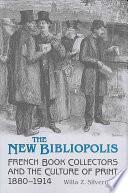
The late-nineteenth century in Europe was a period of profound political, social, and technological change. One result of these changes was the rise in France of an upper-bourgeois bohemian class. Many of its members stimulated interest in unique forms of artistic expression such as illustrated books. On account of their influence, an atmosphere of intense bibliophilic activity came to define French culture at the turn of the century. The New Bibliopolis explores the role of amateurs in promoting the book arts in France during this period. Drawing on extensive original research, Willa Z. Silverman looks at the ways in which book collectors supported print culture. She shows how, through the admiration demonstrated by collectors for this medium, print came to be a crucial part of popular conceptions of aesthetics. As collectors, publishers, authors, designers, and directors of bibliophile societies, reviews, and small presses, these book lovers became passionate and prolific interlocutors of the printed word in a uniquely artistic epoch. Silverman analyzes subjects as diverse as the relationship between book collecting and aesthetic and cultural currents such as Symbolism; the...
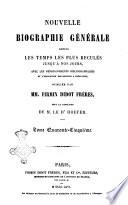
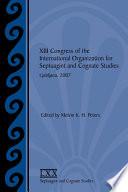
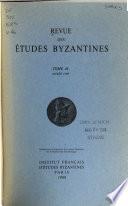
![Catalogue de livres imprimés sur vélin, qui se trouvent dans des bibliothéques tant publiques que particulières, pour servir de suite au catalogue des livres imprimés sur vélin de la bibliothéque du roi. Tome premier [- quatrième]](https://cdn1.ebooks-gratuits.club/images/libro/catalogue-de-livres-imprimes-sur-velin-qui-se-trouvent-dans-des-bibliotheques-tant-publiques-que-particulieres-pour-servir-de-suite-au-catalogue-des-livres-imprimes-sur-velin-de-la-bibliotheque-du-roi-id-e1_0lKFYqfEC.jpg)
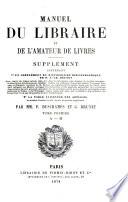
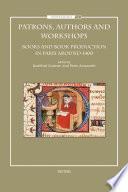
Patrons, Authors and Workshops invokes a cross-disciplinary approach to the study of late medieval books and book production in Paris, from the troubled years of the early fifteenth century onwards. It shows the extent to which such activity was able to flourish even against the backdrop of the endemic struggle between Burgundians and Armagnacs, or the subsequent English invasion which led to Agincourt and the regency of Bedford. Extensive coverage is given to the key role played by the libraire, to the author as scribe or copyist (Christine de Pisan, Jean Lebegue), and also to the development of commercial production under figures such as Jean Trepperel. A section on bibliophiles and their various commissions leads into a group of essays that focus on particular texts and authors, whilst a further section concentrates on what we can discover about the role of the scribe. The volume concludes with four essays offering insights into the work of particular artists and illuminators. The authors include scholars from the UK, France, Greece, Germany, Italy, Belgium, the Netherlands and the USA. Godfried Croenen is Lecturer in French at the University of Liverpool. Peter Ainsworth is...
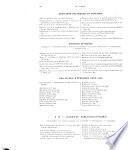
Curiosités littéraires, études singuliéres, lettres inedites, dissertations bibliographiques, comptes rendus de livres nouveau, d'événements bibliophiliques, d'enchères à sensation ...

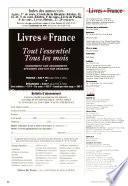
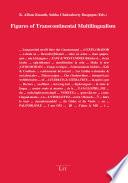
This volume investigates outstanding figures and configurations of literary and cultural multilingualism on a transcontinental and on a global scale. Its first focus is on the both subcontinental and transcontinental Indies, on the oxymoronic figure of East West India and on the stirring 'relations through words' in Luso-Afro-Indian, Anglo-Indian, and Indo-European areas. The second focus is on the cross-cultural configuration of East and West shaped by some striking Sino-European and Sino-American events in early modern and modern times. A third issue concerns the glocal and globoglot 'people of paper' in a contemporary Californian town, and, lastly, the all-embracing, all-devouring ouroboros and other multi-lingual ophidians. (Series: poethik polyglott, Vol. 4) [Subject: Linguistics, Multilingualism]
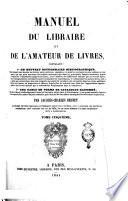
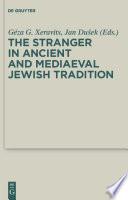
The series Deuterocanonical and Cognate Literature Studies (DCLS)is concerned principally with research into those books of the Greek Bible (Septuagint) which are not contained in the Hebrew canon, and into intertestamentary and early Jewish literature from the period around the 3rd century BCE to the 2nd century CE. The series was launched in 2007 in collaboration with the "International Society for the Study of Deuterocanonical and Cognate Literature". It provides a logical extension to the Deuterocanonical and Cognate Literature Yearbook, which has been published since 2004.
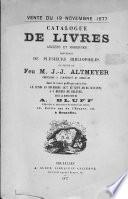
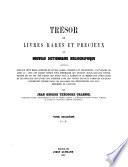
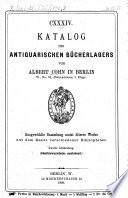
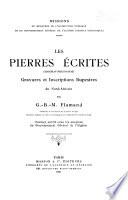
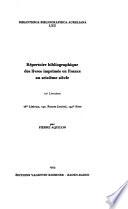
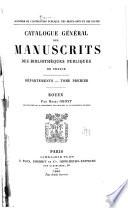
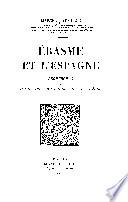
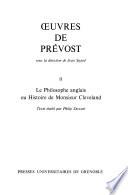
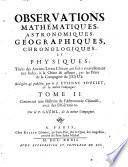
Plus d'informations